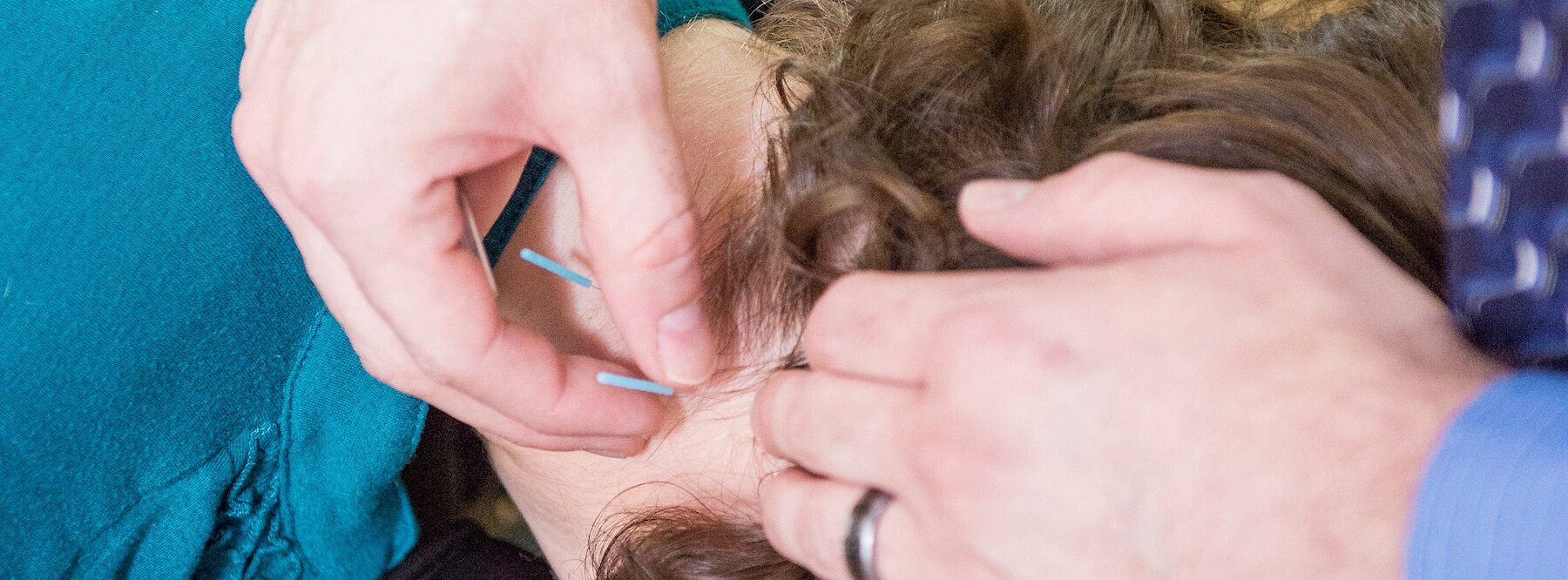This 27-hour, 2 or 3-day seminar covers the practical aspects of dry needling to the craniocervical, upper extremity, and upper thorax systems. The primary emphasis will be on the practitioner effectively placing needles to treat neuromusculoskeletal conditions. Inclusive to this will be discussions on applicable randomized trial evidence, safety aspects, needle size/diameter considerations, and treatment paradigms. IMMT’s emphasis will be on applying any treatment paradigm (including acupuncture trials) to the relevant anatomy affected. However, course participants will not be taught how to practice Oriental Medicine in any capacity. When taken with ADN: Lower Half this course will satisfy all relevant requirements to practice dry needling in compliance with allowing U.S. state practice acts.
**If a state requires 30 hours to begin practicing dry needling (e.g., Colorado), IMMT will ensure you complete the extra 3 hours as part your training.
Course Objectives
At the completion of this course, the participants will be able to:
- Define dry needling and be able to explain the primary differences between it and the practice of traditional acupuncture.
- Understand the proposed mechanisms and confirmatory evidence for clinical improvements from dry needling.
- Demonstrate an understanding of the contraindications and precautions to dry needling practice for the craniofacial, upper extremity, and upper thorax systems.
- Demonstrate an understanding of needle diameter sensitivity and insertional depth for craniofacial, upper extremity, and upper thorax systems, as well as its implications for clinical practice.
- Demonstrate an understanding of relevant RCT and systematic review literature pertaining to dry needling clinical practice.
- Demonstrate competency in needling procedures for myofascial trigger point pain syndromes of the craniofacial, upper extremity, and upper thorax systems.
- Demonstrate competency in needling procedures for bursopathy, tendinopathy, and peri-neural pain syndromes of the craniofacial, upper extremity, and upper thorax systems.
Course Schedule
ADN: Upper Half | Day 1 (10 hours)
7:45 am Sign-in
8:00 am History of Dry Needling and Comparison to Acupuncture
8:30 am Safety, Contraindications, Adverse Effects, Needle Handling & Disposal
9:00 am Cranium Evidence, Needle Insertion, and Practice
11:30 am Scientific Theories as Basis of Treatment
12:15 pm Lunch
1:15 pm Anterior Brachium Evidence, Needle Insertion, and Practice
4:00 pm Posterior Upper Thorax Evidence, Needle Insertion, and Practice
7:00 pm Conclusion of Day 1
ADN: Upper Half | Day 2 (10 hours)
7:45 am Sign-in
8:00 am Facial Evidence, Needle Insertion, and Practice
10:30 am Posterior Antebrachium/Hand Evidence, Needle Insertion, and Practice
12:30 pm Lunch
1:30 pm Anterior Upper Thorax Evidence, Needle Insertion, and Practice
4:00 pm Anterior Antebrachium/Hand, Posterior Brachium Evidence, Needle Insertion and Practice
7:00 pm Conclusion of Day 2
ADN: Upper Half | Day 3 (7 hours)
7:45 am Sign-in
8:00 am Cervical Evidence, Needle Insertion, and Practice
11:00 am Review
1:00 pm Lunch
2:00 pm Testing
4:00 pm Testing Ends, Conclusion of Day 3





